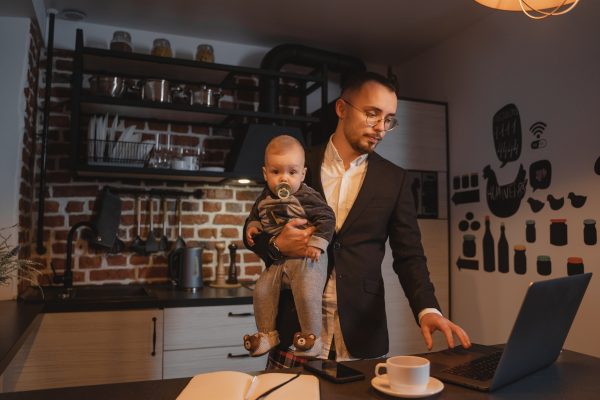 The 2020 coronavirus pandemic and its economic impact have created unprecedented conditions for design practice. In response, between May 6 and May 15, 2020, Cameron MacAllister Group conducted a study of design firm principals to better understand how industry leaders are responding to their new circumstances and their perspectives on the impact these changes are having on people: leadership, culture, staffing, and work practices. Seventy-five design firms participated in this research, with the majority being architecture or A/E firms, along with structural or MEP engineering firms focused on building design. Contributing firms ranged in size from 25 people to more than 1,400.
The 2020 coronavirus pandemic and its economic impact have created unprecedented conditions for design practice. In response, between May 6 and May 15, 2020, Cameron MacAllister Group conducted a study of design firm principals to better understand how industry leaders are responding to their new circumstances and their perspectives on the impact these changes are having on people: leadership, culture, staffing, and work practices. Seventy-five design firms participated in this research, with the majority being architecture or A/E firms, along with structural or MEP engineering firms focused on building design. Contributing firms ranged in size from 25 people to more than 1,400.
Below are some findings from the survey. The full research report can be downloaded here.
Experiences with Remote Work
More than 90 percent of participating A/E firms found that when they closed their offices in mid-March 2020, following guidance to limit the spreading of the COVID-19 virus and adopted remote work practices, their transition went well or very well.
Almost 70 percent of participating firms indicated that their staff productivity was unchanged or increased with staff working remotely. The primary concern among the firms with remote workers was the lack of spontaneous interaction, whereas all communication had to be planned and/or scheduled.
Most firms also reported remote and distributed work had a very limited affected on their firms’ communications with their clients, noting that their clients are going through the same adaptations to remote-work mode.
Despite the challenges, this study found that most firm leaders now view remote work much more favorably based on their experiences during the pandemic “shutdown.” This suggests that remote work is likely to be more common in the future.
Business Impacts
While many client relationships and projects have continued during the first two months of the COVID-induced economic downturn, firms contributing to this study said they expected a variety of consequences for their 2020 billings. The majority anticipate losing up to 20 percent of their budgeted revenues for the year.
More than 60 percent of participating firms also expected to reduce their office footprints and related overhead expenses due to long-term remote work practices, as well as the revenue downturn.
Staffing and Compensation
Sixty-six percent of participating firms had avoided staff layoffs or furloughs as of mid-May, but some had already reduced their staff by significant percentages. Many design firms received forgivable loans through the SBA Paycheck Protection Program, allowing them to maintain their staff and postpone any reductions until mid-summer or later.
Office Re-Opening: A New Normal
More than half of the 75 participating firms expected to resume some limited operations in their offices in June or July of this year. Most cited the need to follow state and local stay-at-home guidelines and their commitments to safety and health. Many expect significant percentages of their people to continue working remotely.
Anticipated Challenges
Firm leaders identified their biggest challenges as transitioning from a fully remote workforce to a new in-office reality, and most responses were focused on the human impacts of the pandemic and changing work modes rather than business or financial issues.